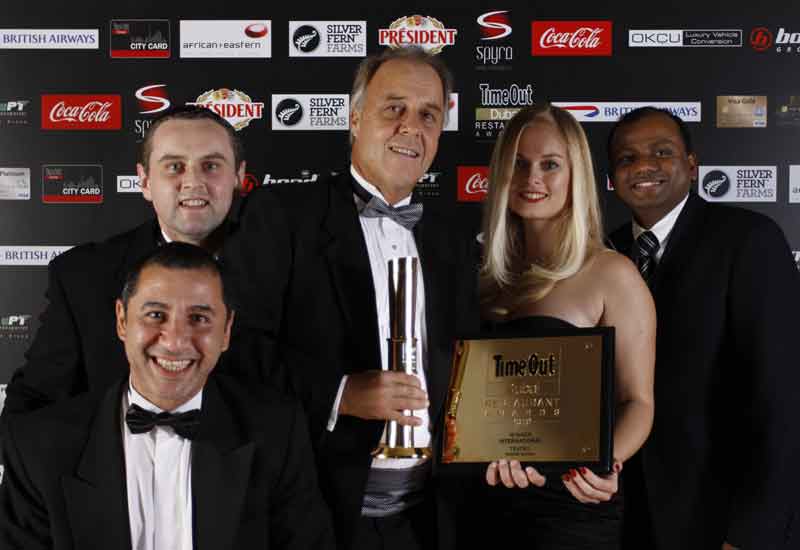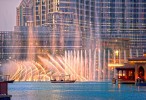![[L-R] Thushan Don, Paul Lupton, Eicke Christian, Franck Detrait, Christophe Prud'homme, Kevin Pohl, Chrisma Antono and Antonio Dominicis](/pictures/gallery/Back Of House/MenuDevelopment-1.jpg) [L-R] Thushan Don, Paul Lupton, Eicke Christian, Franck Detrait, Christophe Prud'homme, Kevin Pohl, Chrisma Antono and Antonio Dominicis
[L-R] Thushan Don, Paul Lupton, Eicke Christian, Franck Detrait, Christophe Prud'homme, Kevin Pohl, Chrisma Antono and Antonio Dominicis
A select group of chefs took time out from their busy schedules last month to join Caterer Middle East and roundtable sponsor Nestlé Professional at the newly-opened Bonnington Jumeirah Lakes Towers, for a friendly mystery basket cook-off and a candid discussion on the trials and tribulations of menu development
Taking part
• Thomas Gagliardi, executive chef, Bonnington Jumeirah Lakes Towers
• Eicke Christian, head chef, Terra Firma, Al Badia Golf Club
• Paul Lupton, head chef, Rhodes Mezzanine, Grosvenor House Dubai
• Franck Detrait, chef de cuisine, Traiteurs, Park Hyatt Dubai
• Thushan Don, executive chef, Dubai Marina Yacht Club
• Kevin Pohl, head chef, The Observatory, Marriott Harbour Hotel
• Christophe Prud’homme, executive chef, Al Bustan Rotana Dubai
• Antonio Dominicis, chef de cuisine, La Moda, Radisson Blu Dubai Deira Creek
• Zain Sidhu, advisory chef, Nestlé Professional

| Advertisement |
What are the key factors to remember when developing a new menu?
Christophe Prud’homme: First and foremost, you have to look at the concept of the restaurant; then you consider the season, what products you can actually access in the relevant country, and of course the final main factor is whether your staff can cook these dishes. Because you can put together the best-sounding menu in the world, but if you don’t have staff who can make it correctly, it’s not worth spending money on the items.
Paul Lupton: In an outlet that may not have a single concept, you must keep the offering changing all the time. It’s not so much about sticking to one set menu, but rather using the best of what you’ve got.
When developing a menu, do you have much creative freedom or is it all about the budget nowadays?
Thomas Gagliardi: For most chefs that is the reality, but the end goal has to be what makes it onto the plate and what the guest wants.
But it very much depends on the proposition; there are some restaurants that operate at a loss and that’s expected. They know you’re going to have higher costs because your job is to wow guests — it’s about bragging rights. Whereas if you’re more business-oriented, part of a major international hotel chain, they’re going to be looking carefully at the figures, definitely.
But any chef has to just work their way through that and look at the end result.
Prud’homme: You can be in either a positive or a negative spiral, it totally depends on which way you want to be and the volume of your operation. But certainly having a large events and banqueting department allows you to give more money to restaurants.
If you have 1000 covers at a banquet downstairs, you can run lobster upstairs and you’re laughing.
It’s about striking a balance between your business sense and your business needs.
Nowadays you have hotels where you can eat and drink all you want for AED 99, so to remain competitive you have to know your position: whether you want to battle for price, volume or profit.
You can cut costs somewhere, but you’re always going to have to balance that out somewhere else; that is our job nowadays.
Food activity has become a financial activity, because the bottom line is that you have to give your results to your financial director at the end of the month.









 Search our database of more than 2,700 industry companies
Search our database of more than 2,700 industry companies









